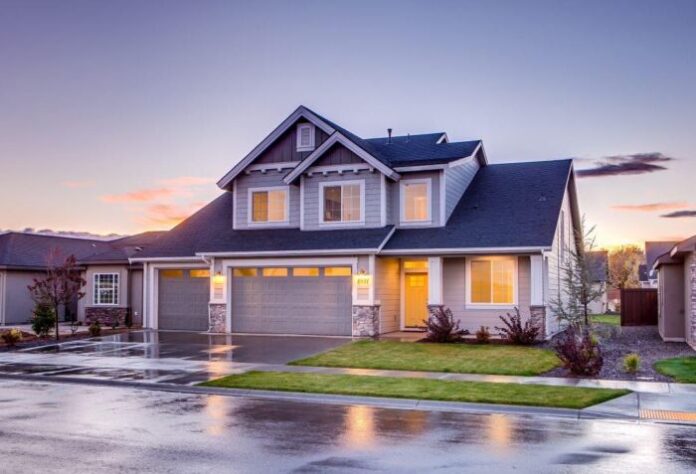
Some important indicators on the energy quality of the properties purchased in 2019 improve. From the analysis on the monitoring of the dynamics of the real estate market according to the energy characteristics of the buildings, carried out by ENEA in collaboration with the Institute for Competitiveness (I-Com) and the Italian Federation of Professional Real Estate Agents (FIAIP), an improvement has emerged in the general picture of our country. But what short and medium term consequences will the Covid-19 emergency have on these positive dynamics?
The survey – conducted on a sample of over 800 real estate agents – revealed encouraging signs for the new housing segment and, even more importantly, for the renovated one: in the first case, almost 80% of real estate transactions concerned homes , in energy classes A or B, while, in the second, the percentage of the most efficient properties reached 36% in 2019, compared to 22% in 2018.
“Reading the 2019 data on the trends in the real estate market with respect to the issue of energy efficiency gives an encouraging picture,” commented the Vice President of the Institute for Competitiveness Franco D’Amore. He added: “Energy efficiency seems to establish itself as an increasingly indispensable element for the real estate offer, at least for some market segments”.
The market, however, still remains tied to the less performing energy categories: 70% of the exchanges involved not yet efficient properties, to be restored.
In 2019, the general positive trend observed in previous years was also consolidated, with regard to buildings falling in the poorer energy class (the G), whose sales continue to gradually decrease.
The poor energy quality of the buildings purchased, however, always remains a marked feature of the Italian real estate market with percentages of buildings belonging to the latest energy classes (DG) which stand at around 85% for studios, two-room and three-room apartments and around 73% for villas and single family.
Almost 10 points more than the previous year, for the percentage of prestigious properties in the most performing energy classes (A1-4 and B). The growth in new property continues, which has reached a new record of 80% of newly built homes certified in classes A and B.
“A behavioral change by end users represents an essential requirement to attack the enormous energy saving potential represented by the properties to be renovated. It will therefore be necessary – said Alessandro Federici, ENEA responsible for monitoring energy efficiency policies – to pay even more attention in the future to these complex dynamics, supported and favored by adequate policy tools and incentive mechanisms, which must be structural at least in the medium term, so as to allow multi-year investment planning by all the stakeholders involved “.
Even the green electricity offers now represent most of all the tariffs available on the market. In fact, according to the Selectra study, 73% of electricity suppliers offer only green offers or those that have an optional green option, while only 27% of suppliers include “traditional” tariffs in their portfolio without this type of option.
Offers for gas can also integrate a strong environmental component. In fact, according to the Selectra study, 13% of all gas offers on the market are green or in any case require an environmental commitment from the supplier. Like? 55% of the “environmental” gas options provide for compensation through green credits generated by projects with a positive impact on CO2 emissions, 27% provide, as compensation, for planting trees through dedicated platforms. Only 18% of green offerings use biogas, which would prevent the spread of methane, one of the climate-damaging greenhouse gases, into the atmosphere



































